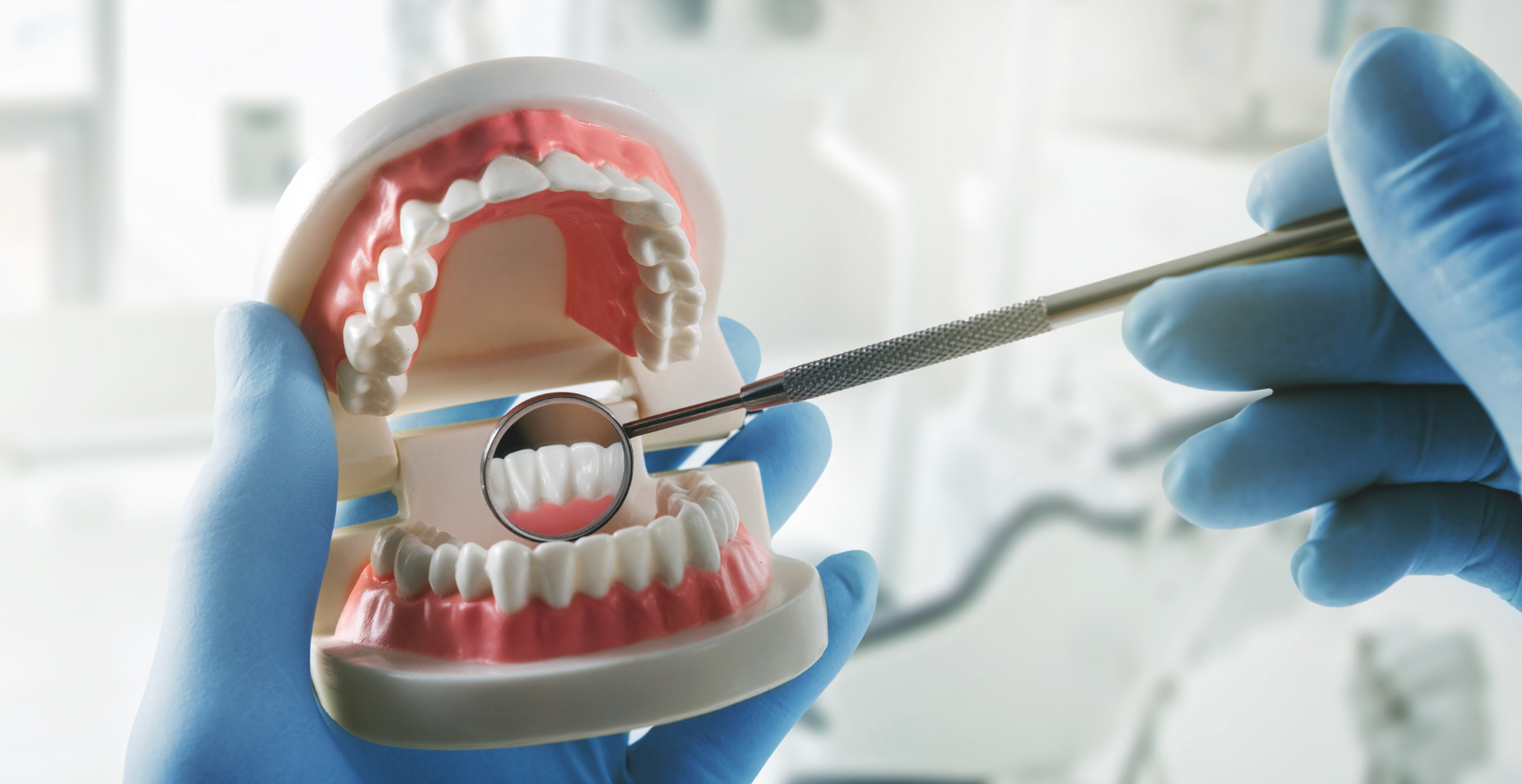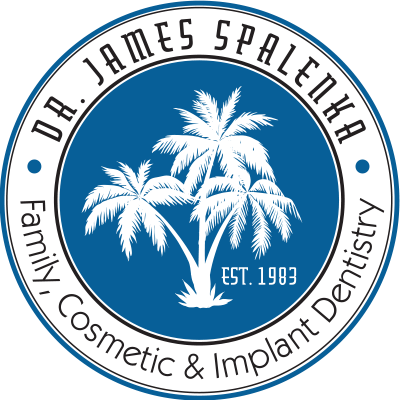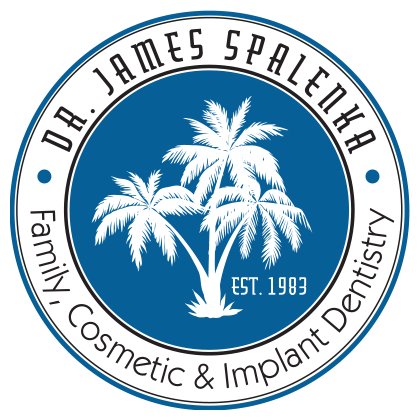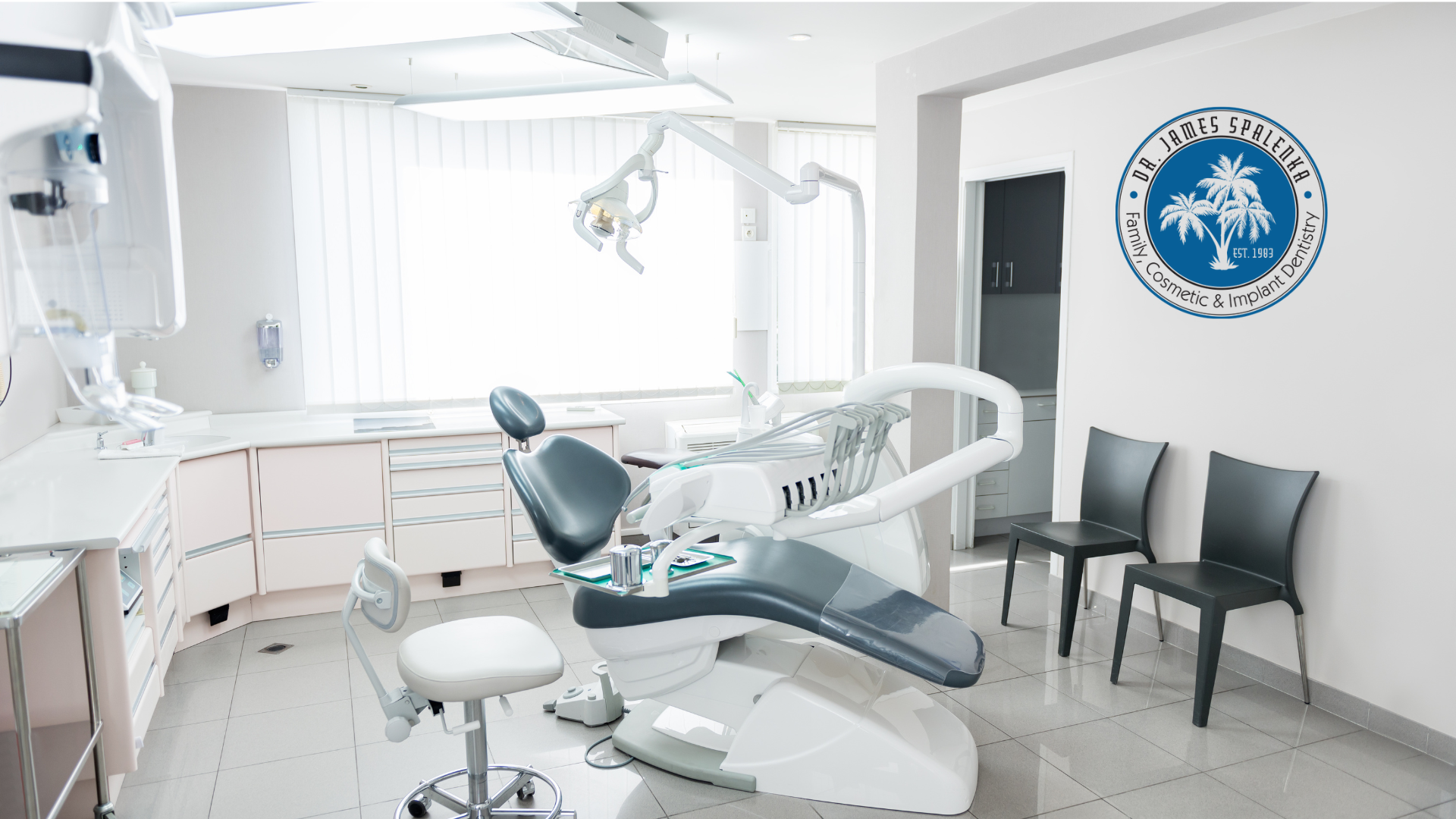Preventing Tooth Decay: Strategies for Strong and Healthy Teeth
Maintaining strong and healthy teeth is vital for overall oral health and well-being. One of the most common oral health issues that people face is tooth decay. It can cause pain, discomfort, and even lead to more serious dental problems if left untreated. Fortunately, there are effective strategies and practices that can help prevent tooth decay and preserve the health of your teeth.
In this comprehensive blog post, we will explore various strategies to prevent tooth decay and provide valuable information to help you maintain a beautiful and healthy smile. From
proper oral hygiene
practices to making smart dietary choices, we will cover a range of preventive measures that can make a significant difference in the health of your teeth.
Understanding the importance of preventing tooth decay goes beyond just having a radiant smile. It plays a crucial role in preserving the integrity of your teeth, avoiding dental pain, and reducing the need for extensive dental treatments in the future. By implementing the strategies outlined in this blog post, you can take proactive steps to safeguard your oral health and enjoy strong, cavity-free teeth.
Join us on this journey as we dive into the world of preventive dentistry and uncover effective strategies for preventing tooth decay. Discover how simple lifestyle changes and proactive oral care can contribute to your long-term dental health. Let's embark on this path together and empower ourselves with the knowledge and practices needed to maintain strong and healthy teeth.

Understanding Tooth Decay
Tooth decay, also known as dental caries or cavities, is a common oral health problem that occurs when the outer layer of the tooth, known as enamel, becomes damaged and starts to break down. It is a result of a combination of factors, including bacteria, acids, and poor oral hygiene.
The process of tooth decay begins with the formation of dental plaque, a sticky film that forms on the teeth. Plaque contains bacteria that feed on sugars and carbohydrates from the food we consume. As these bacteria feed, they produce acids that attack the enamel, leading to its demineralization and weakening.
Over time, if plaque is not removed through
regular brushing and flossing
, the acids continue to erode the enamel, forming small holes or cavities. If left untreated, tooth decay can progress deeper into the tooth, reaching the dentin, which is a softer layer beneath the enamel. Eventually, the decay can reach the innermost part of the tooth, called the pulp, where the nerves and blood vessels are located, causing severe pain and potential infection.
Tooth decay is a significant oral health issue that affects people of all ages. It can lead to various complications, including tooth loss, abscesses, gum disease, and even systemic health problems if the infection spreads. Furthermore, dental decay can impact overall well-being, causing discomfort, difficulty eating, and affecting one's self-confidence.
Recognizing the significance of tooth decay is crucial in understanding the importance of preventive measures and maintaining good oral hygiene practices. By adopting a proactive approach and taking steps to prevent tooth decay, such as practicing regular brushing, flossing, and visiting the dentist regularly, we can protect our teeth and preserve our oral health for years to come.
Importance of Oral Hygiene
Maintaining proper oral hygiene is essential in preventing tooth decay and promoting overall oral health. By adopting good oral hygiene practices, you can minimize the risk of plaque buildup, cavities, gum disease, and other oral health problems. Here's why oral hygiene matters:
- Plaque Removal: Daily oral hygiene practices, such as brushing and flossing, help remove plaque from the teeth and gumline. Plaque is a sticky film that contains harmful bacteria, which produce acids that erode tooth enamel and cause decay. Regular plaque removal is crucial in preventing the buildup of harmful bacteria and reducing the risk of tooth decay.
- Gum Health: Proper oral hygiene helps maintain healthy gums. Brushing and flossing remove bacteria and food particles that can accumulate along the gumline, reducing the risk of gum disease. Gum disease, if left untreated, can lead to gum inflammation, gum recession, and even tooth loss.
- Fresh Breath: Good oral hygiene practices, including brushing the tongue and using mouthwash, help eliminate bacteria and food particles that can cause bad breath. A fresh and clean mouth contributes to overall confidence and social interactions.
Maintaining proper oral hygiene involves several key practices:
- Brushing: Brush your teeth at least twice a day for two minutes using a soft-bristled toothbrush and fluoride toothpaste. Use gentle, circular motions to clean all tooth surfaces and pay attention to the gumline.
- Flossing: Floss daily to remove plaque and food particles from between the teeth and along the gumline. Gently slide the floss between each tooth, curving it into a C-shape and moving it up and down.
- Mouthwash: Rinse with an antimicrobial mouthwash after brushing and flossing to help kill bacteria and freshen your breath. Choose a mouthwash that contains fluoride for added protection against tooth decay.
- Regular Dental Check-ups: Visit your dentist regularly for professional cleanings and check-ups. Dental professionals can identify early signs of tooth decay or gum disease and provide preventive treatments.
By incorporating these oral hygiene practices into your daily routine and seeking professional dental care, you can maintain strong, healthy teeth, prevent tooth decay, and promote optimal oral health.
Healthy Diet for Strong Teeth
The food we consume plays a significant role in our overall health, including the health of our teeth. The relationship between diet and tooth decay is crucial to understand in order to maintain strong and healthy teeth. Here's how diet impacts tooth decay and some dietary recommendations for promoting dental health:- Sugar and Tooth Decay: Consuming excessive amounts of sugary foods and drinks can increase the risk of tooth decay. The bacteria in our mouths feed on the sugars we consume and produce acids that attack tooth enamel, leading to decay. It is important to limit the intake of sugary foods, such as candies, cookies, sodas, and sugary beverages.
- Acidic Foods and Erosion: Acidic foods and drinks, such as citrus fruits, fruit juices, and carbonated drinks, can erode tooth enamel over time. This erosion weakens the teeth and makes them more susceptible to decay. While these foods can be enjoyed in moderation, it is essential to minimize their frequency and rinse the mouth with water afterward to neutralize the acid.
- Calcium-Rich Foods: Calcium is essential for strong teeth and bones. Including calcium-rich foods in your diet, such as dairy products (milk, cheese, yogurt), leafy green vegetables, and almonds, can help support tooth mineralization and prevent tooth decay.
- Fiber-Rich Foods: Foods high in fiber, such as fruits, vegetables, and whole grains, promote saliva production, which helps neutralize acids and wash away food particles. They also require more chewing, stimulating saliva flow and aiding in the removal of plaque.
- Water: Water is the best beverage for your teeth. It helps rinse the mouth, hydrates the body, and does not contain sugars or acids that can harm the teeth. Drinking fluoridated water also provides additional protection against tooth decay.
It is important to note that practicing good oral hygiene, including regular brushing, flossing, and dental check-ups, is essential regardless of diet. However, a healthy diet, coupled with proper oral hygiene practices, can significantly contribute to maintaining strong and healthy teeth. By limiting sugary and acidic foods, consuming calcium-rich and fiber-rich foods, and staying hydrated with water, you can promote dental health and reduce the risk of tooth decay.
Regular Dental Check-ups
Regular dental check-ups are crucial in preventing tooth decay and maintaining optimal oral health. Here's why these check-ups play a significant role and how dental professionals can help detect early signs of decay and provide preventive treatments:- Early Detection of Decay: During a dental check-up, dentists or dental hygienists thoroughly examine your teeth, gums, and oral tissues. They can identify early signs of tooth decay, such as cavities or areas of demineralization. Early detection allows for prompt intervention, preventing the decay from progressing and causing more extensive damage.
- Professional Cleaning: Dental check-ups typically involve professional teeth cleaning, also known as prophylaxis. During this process, the dental professional removes plaque and tartar buildup, which are major contributors to tooth decay. Professional cleaning helps eliminate hard-to-reach plaque and reduces the risk of cavities.
- X-rays and Diagnostic Tests: Dental check-ups often include taking X-rays or using other diagnostic tests. These imaging techniques enable dental professionals to detect decay between teeth or beneath the gumline that may not be visible to the naked eye. Early detection through X-rays allows for timely treatment and prevents further decay.
- Preventive Treatments: Dental professionals may provide preventive treatments during check-ups to protect against tooth decay. For example, they may apply dental sealants, a protective coating that seals the grooves and crevices of the teeth, preventing plaque and bacteria from settling in these areas. Fluoride treatments may also be recommended to strengthen the enamel and enhance its resistance to decay.
- Oral Health Education: Dental check-ups offer an opportunity for oral health education. Dental professionals can provide personalized guidance on proper brushing and flossing techniques, dietary recommendations, and other preventive measures. They can address any concerns or questions you may have, empowering you to take better care of your teeth and prevent decay.
Regular dental check-ups, typically recommended every six months, allow dental professionals to monitor your oral health, detect and address early signs of decay, and provide preventive treatments. By attending these check-ups, you can stay proactive in preventing tooth decay and maintaining a healthy smile. Remember, prevention is key in preserving your oral health and avoiding more complex and costly dental treatments in the future.
The Saliva Test: Early Detection of Decay or Infection
The saliva test is an innovative diagnostic tool that has revolutionized early detection in dentistry. Saliva is not just a watery substance in our mouths; it contains a wealth of valuable information about our oral health. By analyzing saliva samples, dental professionals can identify early signs of tooth decay or infection, allowing for timely intervention and preventive measures. Here's what you need to know about the saliva test and its significance in early detection:
- Understanding Saliva's Role: Saliva is a vital component of our oral health. It helps moisten and lubricate the mouth, aids in digestion, and acts as a natural defense mechanism against harmful bacteria. Saliva also contains enzymes, antibodies, and other substances that play a role in maintaining oral health.
- Saliva Test Procedure: During a saliva test, a small sample of saliva is collected, typically by spitting into a sterile container. The sample is then sent to a laboratory for analysis. Dental professionals use advanced techniques to examine the saliva for various factors, such as pH levels, bacterial presence, and specific biomarkers associated with decay or infection.
- Early Detection of Decay: The saliva test can detect the presence of bacteria and acids that contribute to tooth decay. It helps identify the early stages of demineralization, where minerals are lost from the tooth enamel, signaling the onset of decay. Early detection allows for prompt treatment, preventing the decay from progressing and causing significant damage.
- Infection Detection: Saliva analysis can also help detect oral infections, such as gum disease or oral thrush. By examining specific biomarkers or identifying the presence of harmful bacteria, the saliva test can alert dental professionals to potential infections, even before visible symptoms manifest.
- Preventive Measures and Treatment Planning: Early detection through the saliva test enables dental professionals to intervene at the earliest possible stage. Based on the results, preventive measures such as fluoride treatments, dental sealants, or antimicrobial mouth rinses may be recommended. Additionally, treatment planning can be customized to address specific concerns identified through the saliva test.
The saliva test is a valuable tool that complements clinical examinations and X-rays, enhancing the ability to detect oral health issues at their initial stages. It allows for proactive intervention and preventive measures, ultimately promoting better oral health outcomes. Consult with your dentist to determine if the saliva test is available and recommended for your specific oral health needs. By embracing this innovative diagnostic approach, you can stay ahead of potential decay or infection and maintain a healthy and radiant smile.
Dental Sealants and Their Benefits
Dental sealants are a preventive dental treatment that can significantly reduce the risk of tooth decay, particularly in children and teenagers. They are thin, protective coatings applied to the chewing surfaces of the back teeth (molars and premolars) to seal off the deep grooves and crevices where bacteria and food particles can accumulate. Here are the benefits of dental sealants:- Decay Prevention: The chewing surfaces of molars and premolars have natural grooves and fissures that can be challenging to clean effectively with regular brushing alone. Dental sealants create a smooth, protective barrier that prevents bacteria and food particles from getting trapped in these grooves. This significantly reduces the risk of tooth decay in these vulnerable areas.
- Easy Application : The process of applying dental sealants is quick, painless, and non-invasive. The dentist or dental hygienist cleans and prepares the teeth, applies a thin layer of dental sealant material, and then bonds it to the tooth surface using a special curing light. The procedure is comfortable and typically does not require anesthesia.
- Long-lasting Protection: Dental sealants are highly durable and can last for several years with proper oral hygiene and regular dental check-ups. They provide ongoing protection against decay, even in areas that are difficult to reach with a toothbrush or floss.
- Cost-effective Prevention: Dental sealants are a cost-effective preventive measure. Investing in sealants can help avoid more extensive and costly dental treatments, such as fillings or root canals, that may be required to treat cavities.
- Suitable for Children and Teens: Children and teenagers are particularly susceptible to tooth decay due to their dietary habits, oral hygiene practices, and the vulnerability of their developing teeth. Dental sealants provide an added layer of protection during these critical stages, helping to maintain their oral health and reduce the likelihood of cavities.
Dental sealants offer a simple and effective way to protect the chewing surfaces of teeth from decay. They provide an additional shield against cavities, particularly in the back teeth, where decay commonly occurs. Talk to your dentist about the benefits of dental sealants, especially for children and teenagers, to promote long-term oral health and prevent tooth decay.
Common Questions and Answers about Preventing Tooth Decay
Preventive Measures for Children:
To prevent tooth decay in children , establish good oral hygiene habits early on. Encourage regular brushing with fluoride toothpaste, flossing, and routine dental check-ups. Limit sugary snacks and drinks, especially between meals. Encourage drinking water instead of sugary beverages. Consider dental sealants for permanent molars to provide added protection. Supervise brushing until children can do it effectively themselves. Lead by example and make oral hygiene fun and engaging for children, promoting a positive attitude toward dental care.
Conclusion
Preventing tooth decay is crucial for maintaining strong and healthy teeth. By understanding the importance of regular oral hygiene practices, dental check-ups, and making informed dietary choices, we can significantly reduce the risk of tooth decay. Remember to brush your teeth thoroughly, floss daily, and limit sugary snacks and drinks. Professional dental care, including cleanings, fluoride treatments, and sealants, further enhances preventive efforts. By taking proactive steps and prioritizing preventive measures, we can preserve our dental health and avoid the discomfort and complications associated with tooth decay. Don't underestimate the power of prevention - start implementing these strategies and consult with your dentist for personalized advice and care. Your smile will thank you for it!
The office of Dr. James Spalenka, DDS.
A Gentle, Comfortable Dental Experience, Offering Skill & Modern Technology
HIGH-TECH EQUIPMENT | CARING STAFF | MODERN OFFICE



